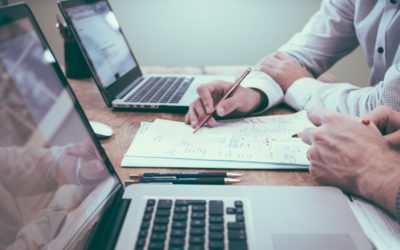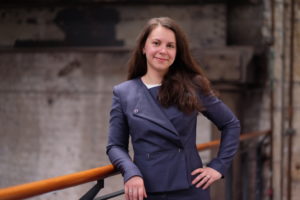
Education and Humane Entrepreneurship
Sep 5, 2021 | The Latest
Education and Humane Entrepreneurship
Sunday, September 5, 2021 by Dr. Ayman El Tarabishy

Education sits as the cornerstone of creating socially and environmentally conscious entrepreneurs. When we imagine the future of humane entrepreneurship, it includes empowered employees and well-educated entrepreneurs making intelligent decisions to heal the environment and benefit the world. To enable entrepreneurs to make these changes we envision, we must educate them on the issues that truly matter, such as integrating social entrepreneurship with sustainable entrepreneurship and employing business practices that protect our planet, communities, and future generations.
First, we must consider the significance of climate change and the role that government officials and entrepreneurs play in preventing further damage to the planet. Although governments are making changes to reduce negative impacts on the environment, we are still concerned about whether profitability and sustainability can coexist. We must educate all stakeholders about climate risk and their duty to promote sustainability in response to this. As observed by Dr. Mariya Yesseleva-Pionka, Global Certificates Manager for ICSB and adjunct professor at University of Technology Sydney, “With every new business venture comes a great responsibility for making climate-friendly decisions.” Therefore, we need to continue developing and supporting eco-friendly solutions such as green start-ups, fin-techs, and sustainability reporting and educate entrepreneurs on how to implement SDGs and sustainable business practices properly. It is imperative to note that long-term profits will not matter if the planet deteriorates due to climate change.
This sustainability education is inherently tied to education about social entrepreneurship, as both of these entrepreneurial approaches target issues on a human and environmental level. Although there exists an increasing amount of research on social entrepreneurial intention (SEI), or the motivation of entrepreneurs to build new social enterprises, we still lack knowledge about different SEI antecedents, such as personality, cognition, and experience, as well as variables moderating antecedent-SEI relationships, including economic and social influences. According to Dr. Phillipp Kruse, a scientific staff member at the Dresden University of Technology, the solution to these research issues lies in examining SEI in countries with different cultures and economic situations and developing a validated instrument with which to measure SEI. Additionally, social entrepreneurship educators must include more psychological input in university courses to strengthen participants’ motivational ties to social entrepreneurship.
With the amount of power entrepreneurial learners possess to change the future of business and the environment, we owe them the best education, educators, research, and settings. We must listen inclusively to the voices of these learners and new and small businesses alike. As stated by Dr. Norris Krueger, Senior Research Fellow at the College of Doctoral Studies, UOPX & Entrepreneurship Northwest, “Students are our secret weapon. In terms of learning and educating, and especially in terms of the ecosystem.” To provide entrepreneurial learners with the best resources, we must shift from top-down systems to bottom-up, from institutions to people, and from hierarchies to networks. Inclusivity and active listening are the keys to discovering what our entrepreneurial students need to flourish, improve their communities, and shape the future of humane entrepreneurship. In educating entrepreneurs and stakeholders on their sustainable responsibilities, increasing students’ ties to social entrepreneurship at the university level, and providing high quality, comprehensive education, we grant entrepreneurs the tools necessary to implement safer business practices and create long-term, positive change for our environment, communities, and ways of life.
For more on the importance of entrepreneurial education, watch the session below.










